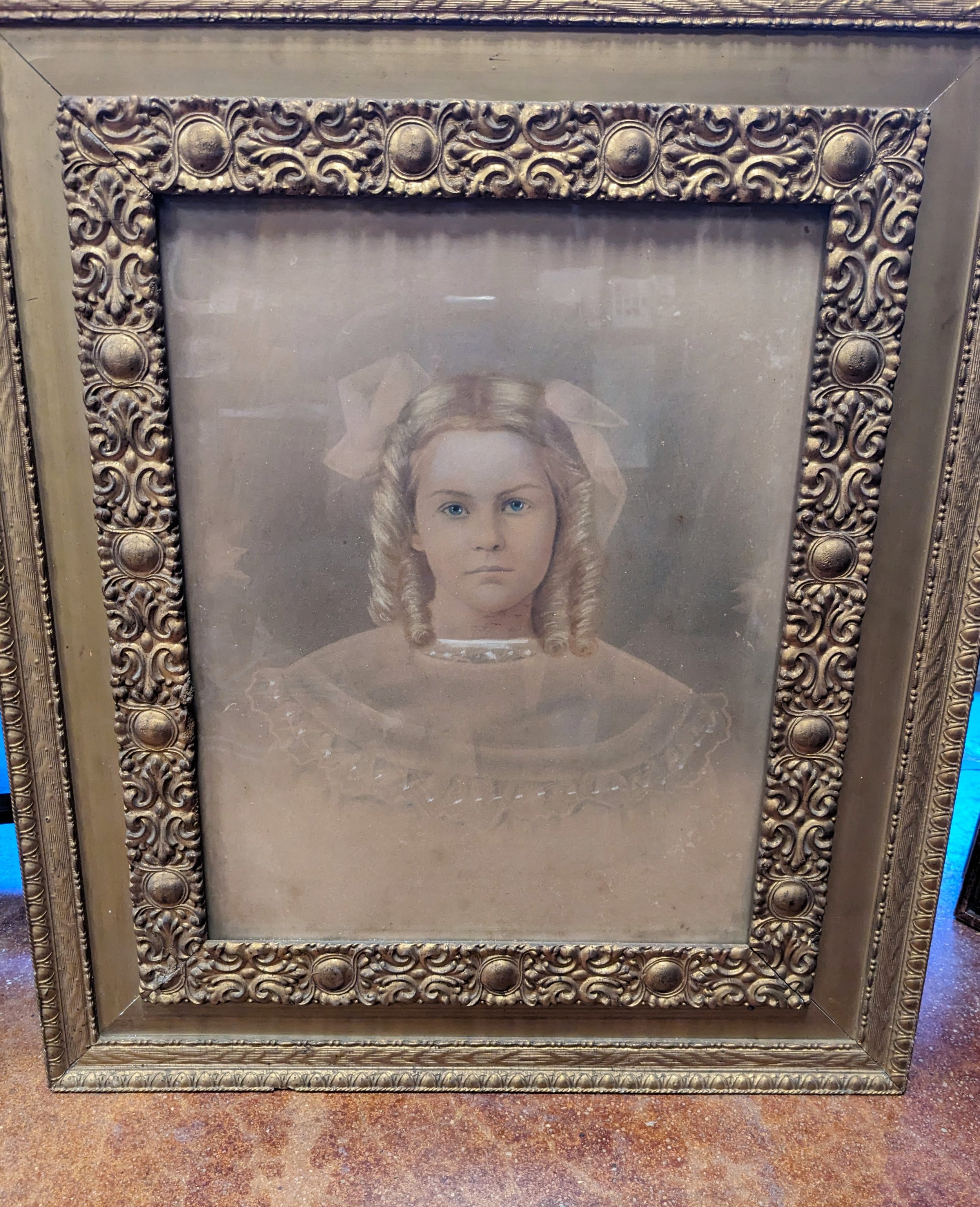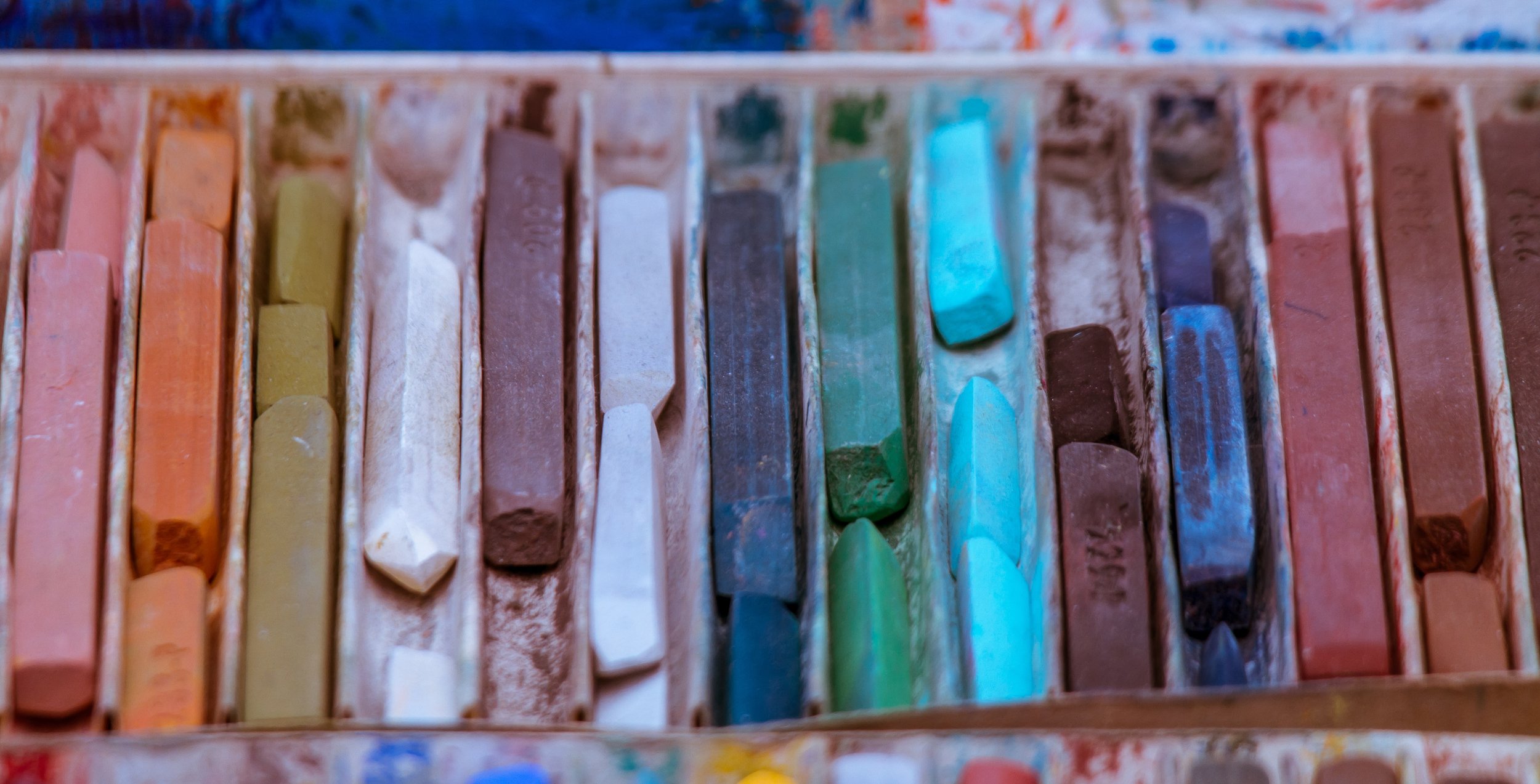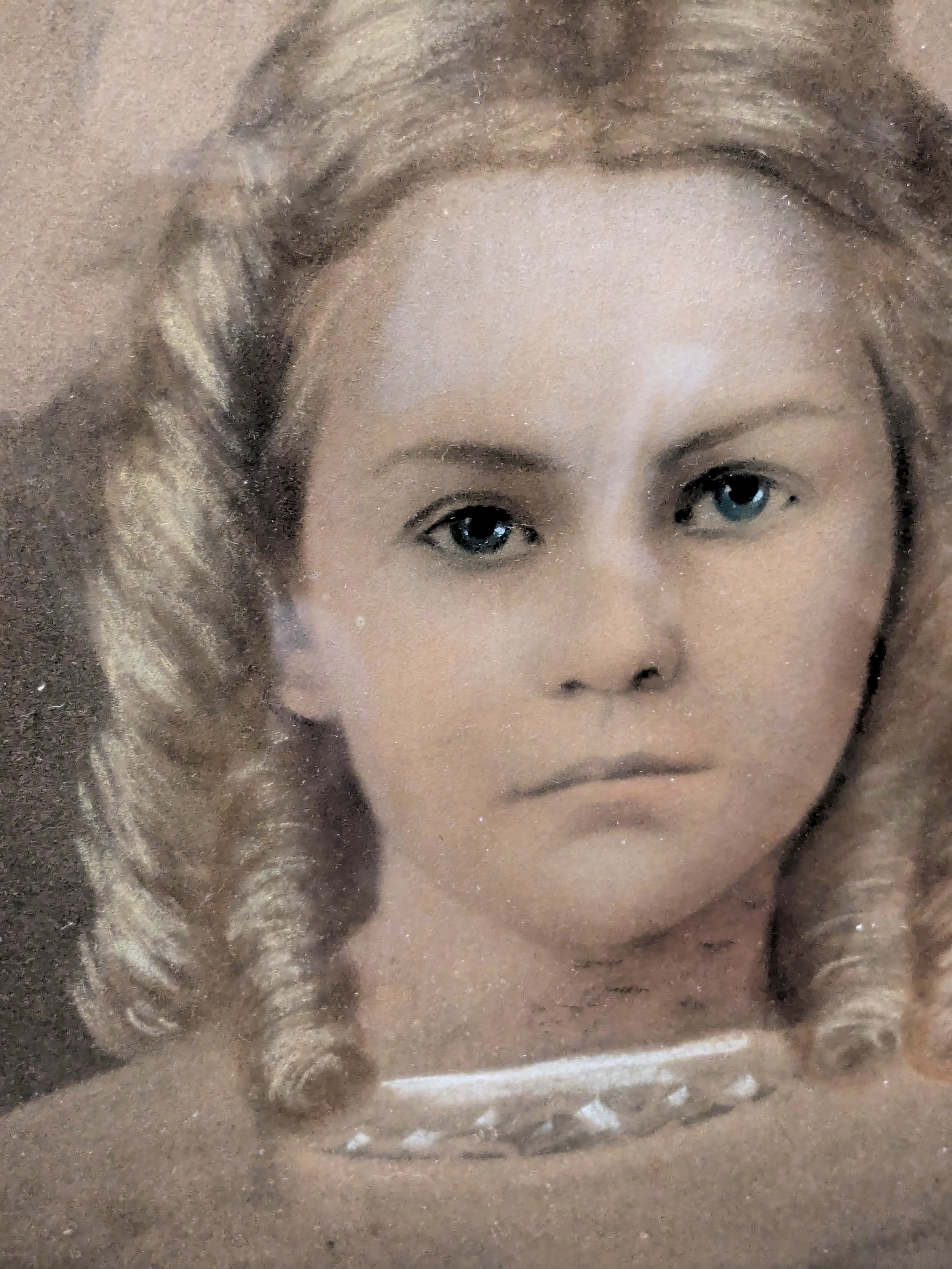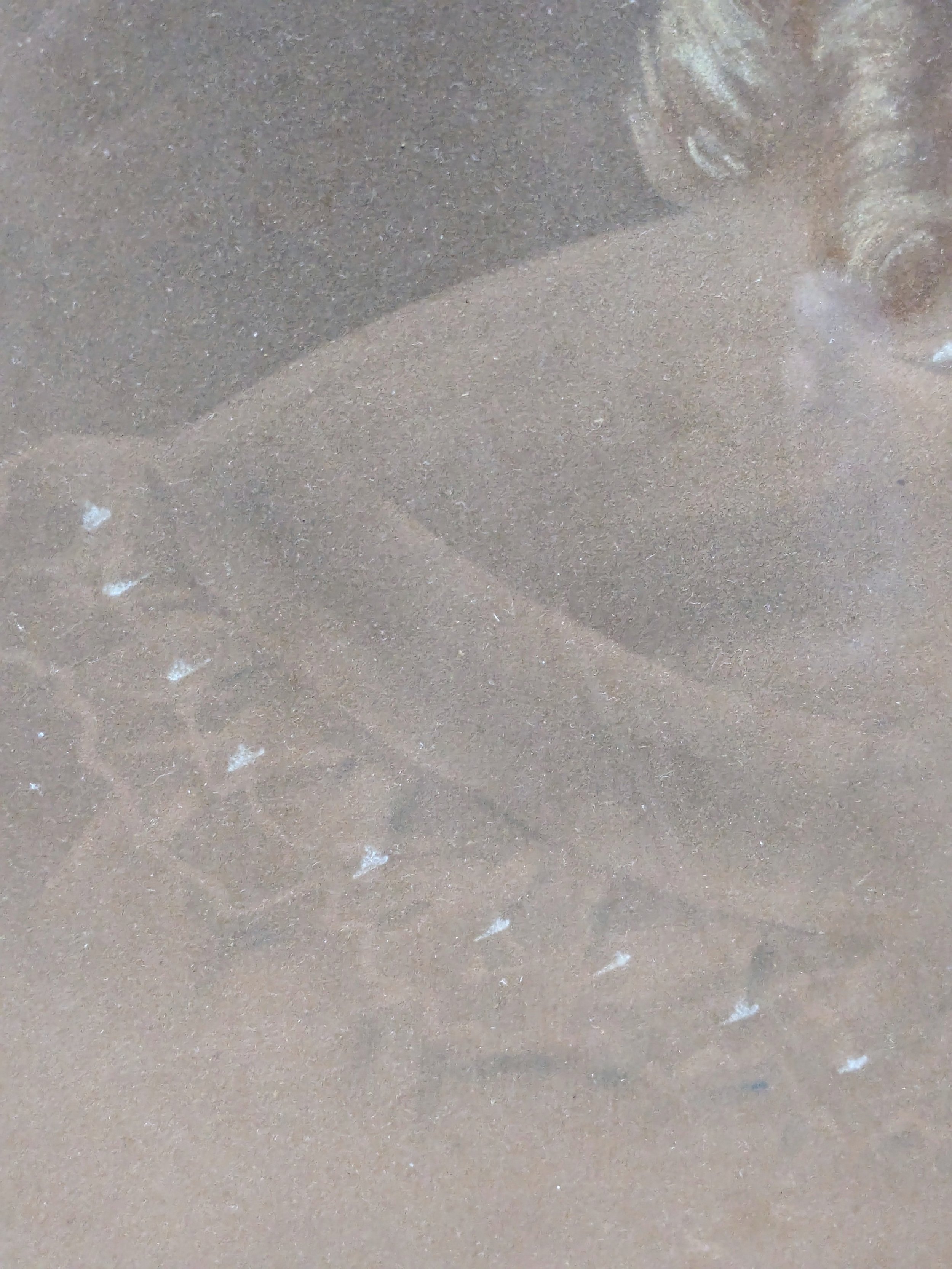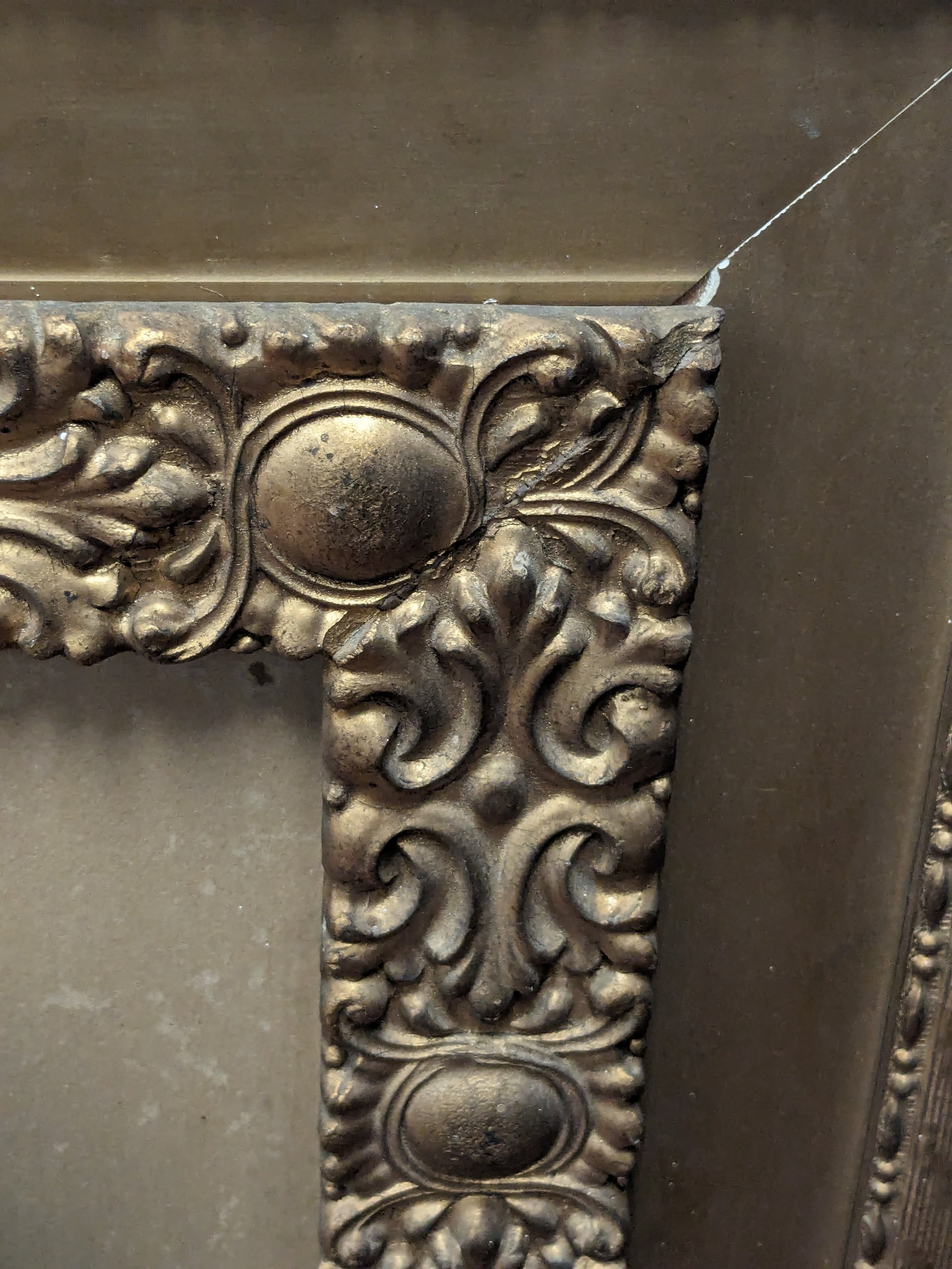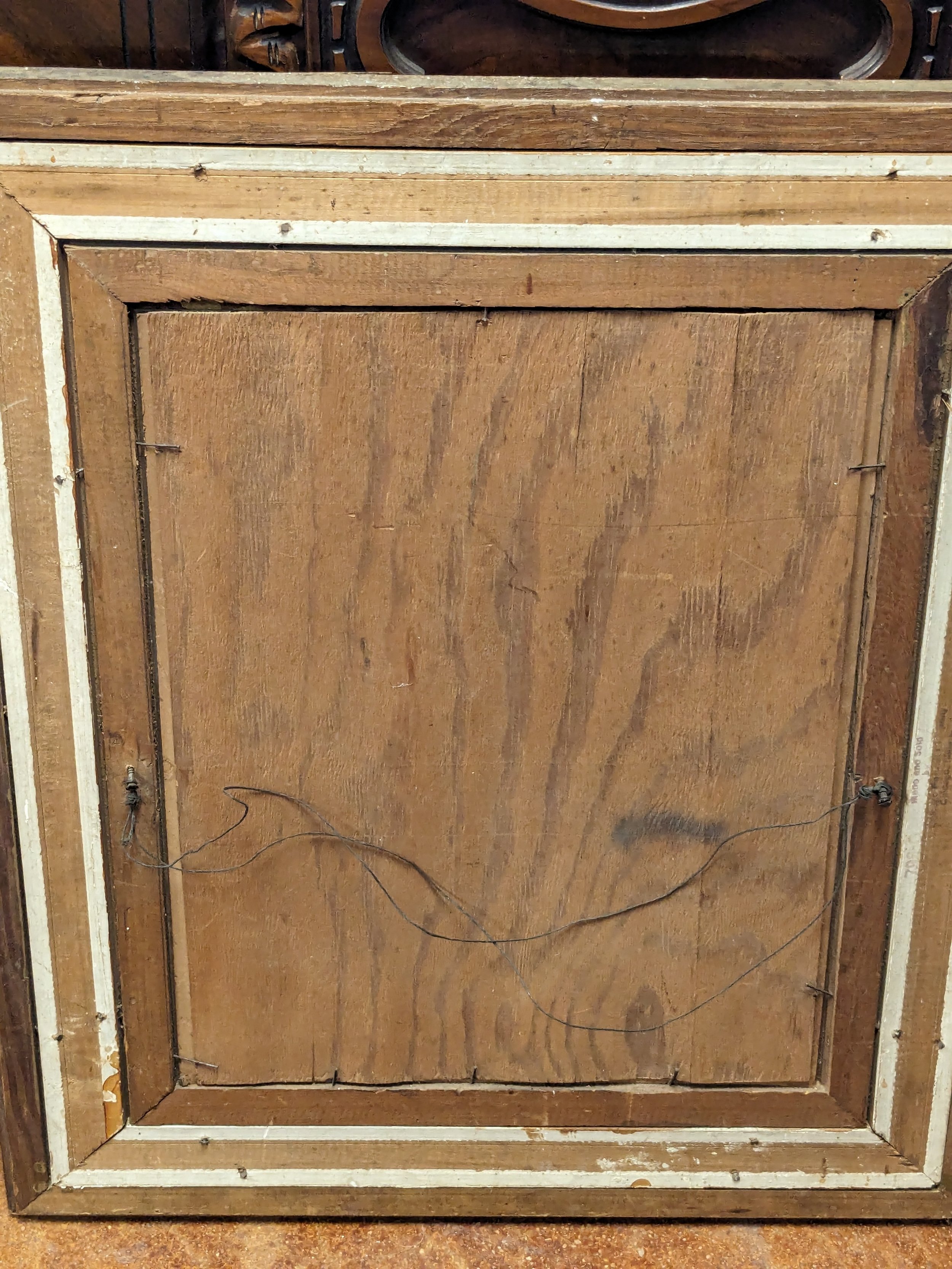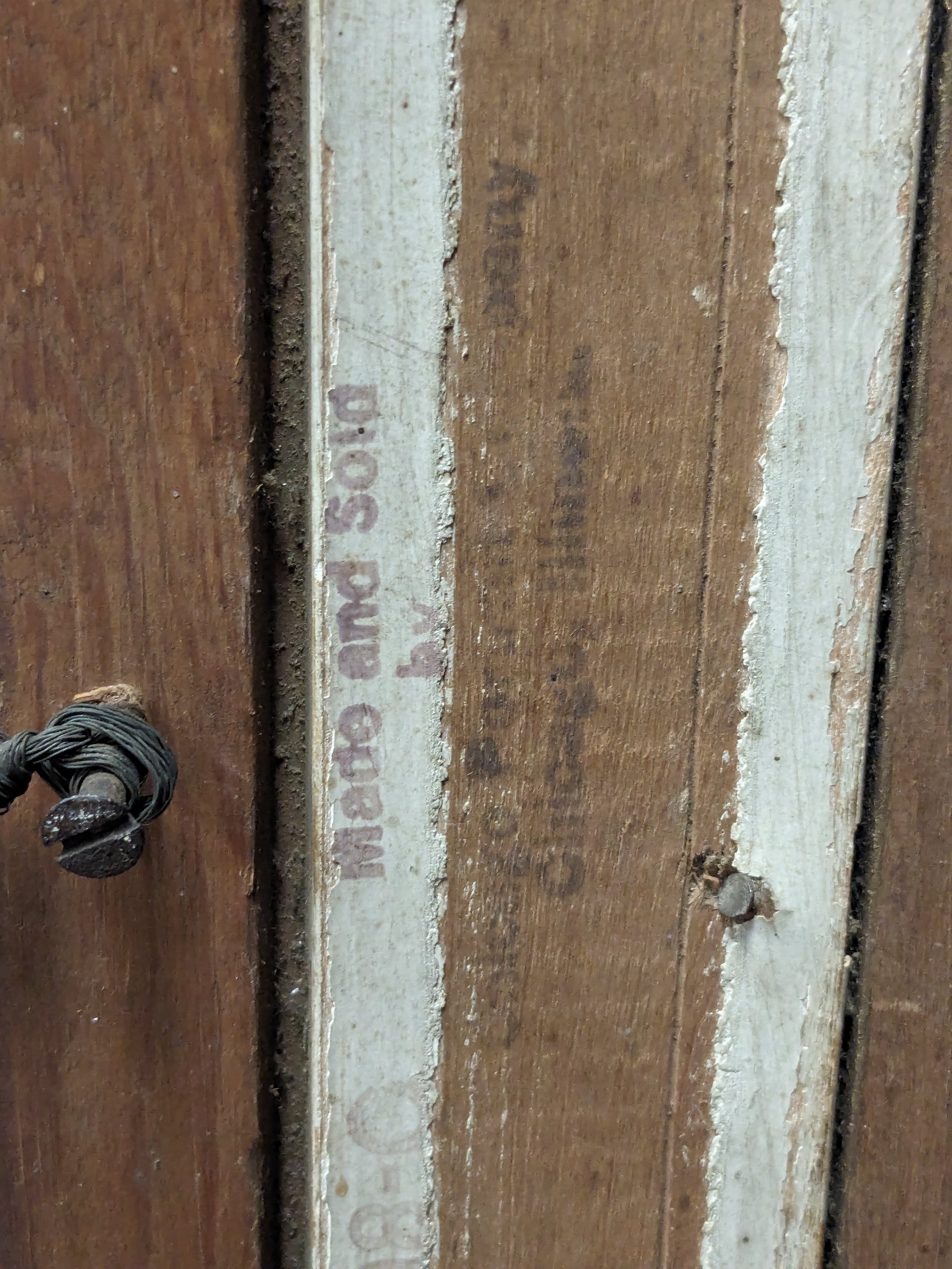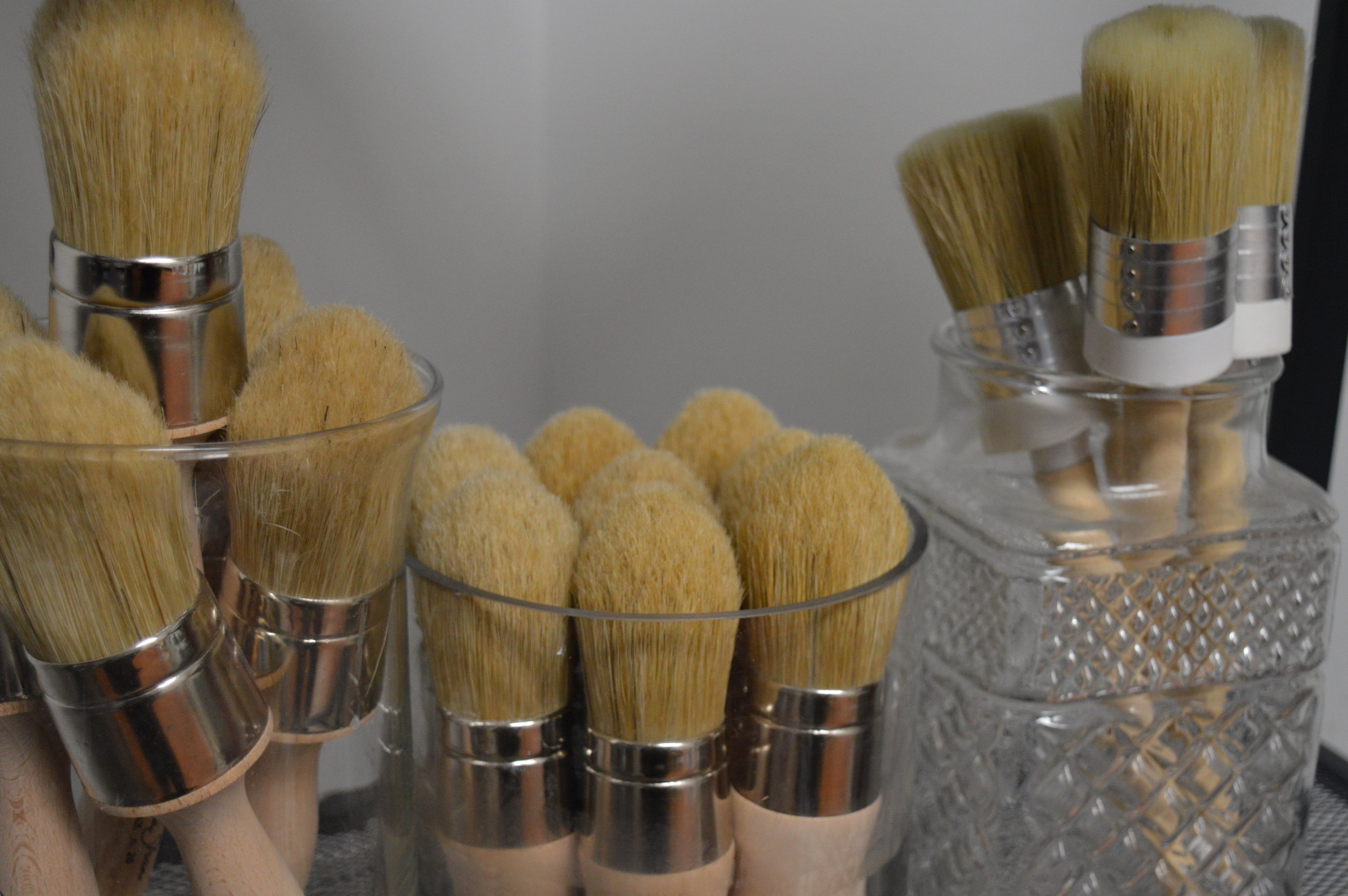
Vintage Collectors' Club Vol. 1: Portrait History is Neat-- Crayon Enlargement Portraits and the Victorian Era
Welcome to our first volume of Silk and Sage Design’s “Vintage Collectors’ Club”— a place to highlight our vintage and antique inventory, coupled with blog posts sharing the history behind some of our most unique and beloved finds, design trends throughout time, and related interesting subjects. Everytime we add a new vintage or antique find to our shop, we do a deep dive to find out the history behind it when that’s even available… we’re thoroughly interested in knowing where items came from, who they were made by, what art or design movements they were created from, and more. While vintage, antique, and even some unique contemporary pieces will be featured as physical inventory in our Vintage Collectors’ Club available to purchase through us in-store and online, only some special items will be featured on our blog. Dive in today for our first exploration!
When we found this portrait of a young girl, it was love at first sight. Some may say ‘CREEPY!!’ but to us, she seemed like someone that was deeply loved enough to have a portrait commissioned of her. While we can’t see her entire dress, the little hints trailing outward on the portrait make us imagine what beautiful gown she wore on the day of her portrait, how long it took to have her hair curled into ringlets, and on and on and on…
BUT the overarching question that came up constantly in the beginning was whether this portrait was a photographic print, a multi-media art print, or both. Could it be both? There were enough traits within the portrait that conveyed both processes. So off to the art history archives we went! Firstly, we’ll say that there are two interesting historical elements coming up with this portrait— what media was used, and then the background on the portrait industry around the time it was made. We’ll start by expanding on the portrait process used, and then later we’ll come back to what the portrait industry used for ‘marketing tactics.’
Based on the girl’s clothing and hair, her portrait was likely completed very late 1800s-early 1900s, meaning at the tail end of the Victorian Era. During this time, use of photography was more widespread than when it was first introduced earlier in the 19th century (while we won’t get into the entire history of photography today because there is just SO much to cover, we’ll talk about some of its history in context with that of portraiture).
The commissioning of portraits was also becoming much more affordable and accessible with the increased popularity of photography. Previously for a patron to have a portrait commissioned, they needed to be wealthy. Portraits were typically sat for over different sessions and were created by hand by the artist, often painted. Think of the grand, massive portraits you may have seen in museums, manors, and other stately places. Thanks to the rapid changes in society throughout the 19th century (the Industrial Revolution, changing schools-of-thought in the arts and culture), people yearned for more accessibility with all consumer goods at this time.
Many people became increasingly interested in photography— it was new, it was interesting, it was hot! However, photography alone was not considered by many to even be an art form until the late 1800s, meaning that photography tended to be seen as a mechanical process and its portraits were viewed as more utilitarian and simply photographic prints. Color being added to photo prints was not uncommon either (like with hand-colored ambrotypes and daguerreotypes), however it still was within the confines of a mechanically-derived photo print. Consumers and artists alike still yearned for the soft, artistic touches of hand-done portraits, the ‘artistic portrait’. During the mid 1800s, different photographer-artists came up with a few similar technologies that created portrait processes which combined photography with more traditional ‘artistic portraiture’ skills, birthing the likes of processes such as Crayon Enlargements and Photo-Crayotypes.
(example of a daguerreotype with light touches of pinkish color on the cheeks)
These newer combined-types of ‘artistic portrait’ processes involved photos essentially being ‘enlarged’ onto or underneath paper as traceable images. Sometimes solar methods were used for the image enlargement projections (especially in the early days of these new processes), while other mechanical apparatuses were sometimes used for the enlargements. Artists were then able to ‘trace’ over the images as reference, while using their own skills and touches to add color, flourishes, and more. Oil paints, pastels, crayons, and charcoal were most commonly used. While it’s not uncommon to see Crayon Enlargements that are predominantly done in charcoal with just a little bit of color added, color and ‘softness’ of a hand-touch were highly desired as these were what defined these new portrait styles from a more mechanical photography in most views. See, while the groundwork for true color photography was starting to develop as early as the late-1800s via different methods, the world wouldn’t see its popularity until the 20th century. With the advent of Crayon Enlargement Portraits, consumers could have a more affordable portrait process available to them, combining it with some of the most desired commodities of the time— artistic, soft touches of hand-done portraits and use of photography!
Getting back to the young girl in the portrait… we now know that her portrait process was likely a version of the Crayon Enlargement. She likely sat for a photographer who captured her image, which was then sent off to a studio that developed the portrait. From there, her photo print was enlarged and re-created onto paper by the artist, who likely used a combination of charcoal/ink, pastel, and possibly other paint or ink ‘tints’ to create some of the more subtle colors. Unfortunately we don’t know her name or where she lived, or anything about her family. But we do know some more details on her portrait process and how she and her family got to this point. From here we get to our second exploration into how her portrait was created— how her portrait even came to be, the ornate frame, and the Chicago Portrait Company.
The Chicago Portrait Company’s years were from 1893-1940s. They allegedly took part in some ‘schemes’ to sell portraits that offered the ‘best pricing at the time,’ yet they were really charging for their very expensive frames while claiming the pricing was for the specialty of having portraits done through them. The Chicago Portrait Company sent door-to-door salesmen to many parts of the USA, predominantly rural areas. They were bringing the ‘cultural innovations’ at theoretically better prices (which were still expensive for many consumers) to rural homes. Things they’ve been accused of are:
claiming the photo prints would be sent back to the Chicago studio for a reference guide so that an artist could completely hand-paint the portraits from the start (omitting the fact that the portraits really would be done via Crayon Enlargement)
telling customers the specialty frames would be fully gilded, while in reality the frames had only a tiny electroplated layer of 14k gold
claiming their prices were better than competitors at that time, due to their specialty and ‘most innovated’ processes that differed than competitors (*we have been able to track down a copy of a court document from the 1920s online that brought a cease and desist to court against them for this particular set of claims)
Whether some predatory salesmen went rogue at some point in time and told customers these false details to drum up sales and competition, or these were company-wide policies, we do not know the entire extent. However what we DO know is that Crayon Enlargements and similar methods were legitimate ‘artistic portrait’ processes of the time and were used by many singular photographer-artists as well as full-blown companies, and the ornate craftsmanship of the frame of this particular portrait is gorgeously executed. We don’t let any alleged misdeeds of the Chicago Portrait Company tarnish this young girl’s portrait, which we assume was cherished by her family for some time. How it came to be let go, we can only assume the typical passing of time and generational lines ending are to blame.
We hope you enjoyed our first installment of “Vintage Collectors’ Club” and hope to bring you more details behind some of our most interesting finds soon! In the meantime, if you’ve connected with this story and this portrait of the young girl, it’s currently available to purchase in-store only at our Shop & Studio location! You can purchase it online for in-store pickup, or visit us at Silk and Sage in Austin, Texas!
Much Love To Our Fellow Blogger
It's lovely when someone appreciates and shares your creative work with the (online) world!
Thank you Haute Juice for discovering our work and linking Silk and Sage Design!

